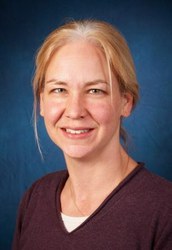Sigal Alon, Tel Aviv University
CCPR Seminar Room 4240 Public Affairs Building, Los Angeles, CA, United States"Race, Class and Affirmative Action"
Abstract: This book-length manuscript (forthcoming by the Russell Sage Foundation in the Fall 2015) evaluates the ability of class-based affirmative action to promote the social and economic mobility of disadvantaged populations and boost diversity at selective postsecondary institutions, as compared with race-based policy. The book draws from within- and between-country comparisons of several prototypes of affirmative action policy. She uses the United States as a case study of race-based preferences, and Israel as a case study of class-based preferences. For each country she compares the model that has actually been implemented to a simulated scenario of the alternative policy type. The overarching goal of this book is to develop new, and more global insights about the potential of race-neutral public policy to promote equality in higher education.

















